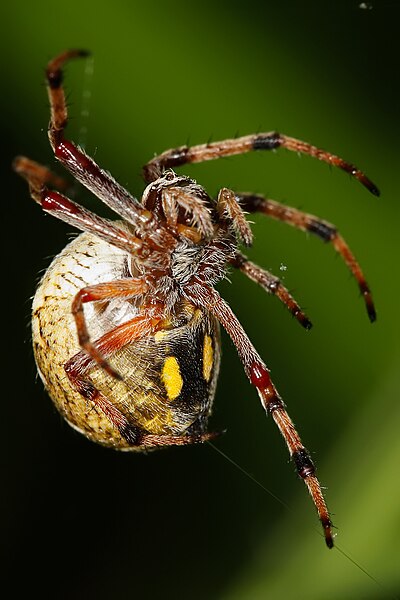Although some spiders have two pairs of book lungs or two pairs of trachea, in most species the anterior pair are book lungs, whereas the posterior pair are trachea. However, the exact size and location of the trachea holes and book lungs varies in different species of spiders. The term "book lungs" was derived due to the shape of the organs: they look like book pages. Blood flows through these organs and oxygen is then exchanged via the air circulating between them--so, essentially, the spider is "breathing" through its skin. The oxygen is then delivered to the spider's organs. Although spiders do breathe just like humans and other mammals, they have a much slower metabolism, which means they do not need as much oxygen as we do. This explains how those spiders you caught as a child managed to survive in tiny jars with no breathing holes


No comments:
Post a Comment